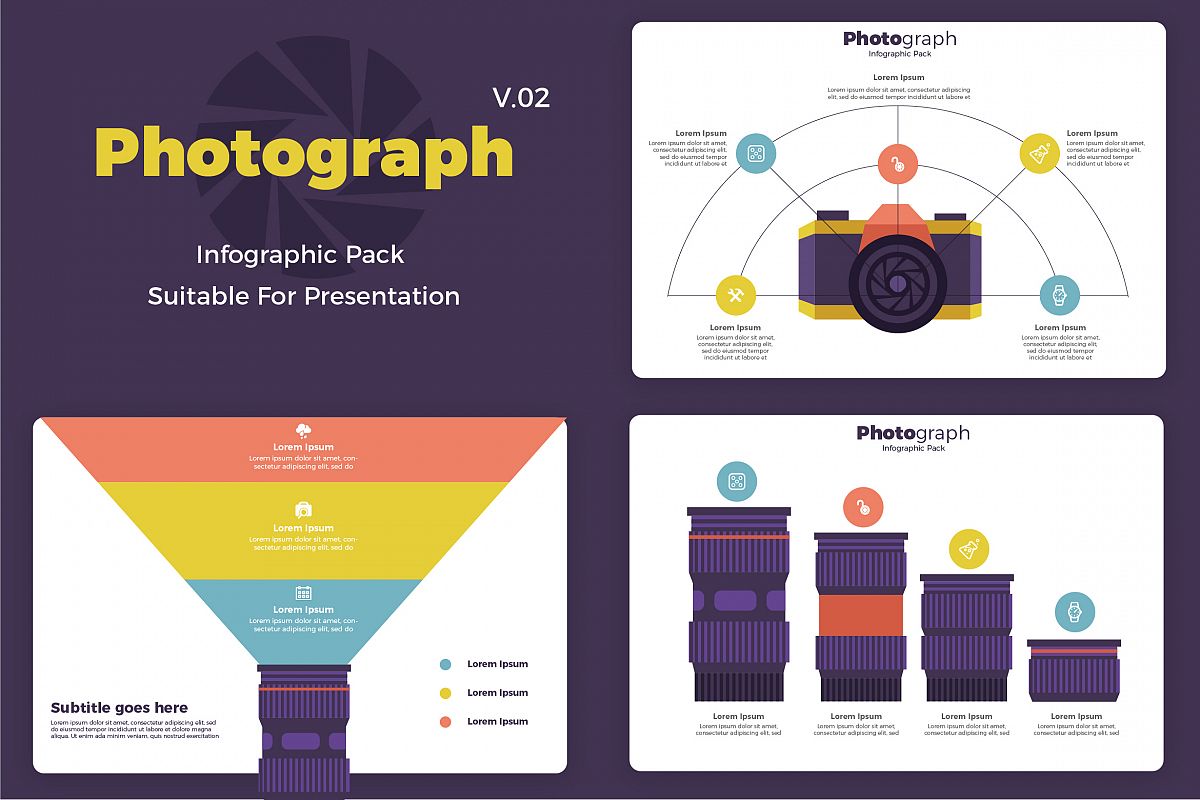What Every Digital Photographer Ought To Know About Lighting
What Every Digital Photographer Ought To Know About Lighting
Blog Article
Writer-Greenwood Fraser
As a professional photographer, you recognize that lighting can make or damage your pictures. Recognizing the subtleties of both natural and fabricated light is important for recording the mood and quality you go for in your job. Whether you're chasing the best gold hour glow or fine-tuning your synthetic arrangements, mastering these aspects can boost your photography dramatically. But there prevail challenges that many forget, and identifying them can change your strategy to every shoot. Let's explore what you could be missing and just how it can affect your outcomes.
Recognizing All-natural Light
Understanding natural light is crucial for any kind of digital photographer seeking to boost their job. It's the foundation of wonderful digital photography, influencing mood, tone, and clarity. When you shoot outdoors, pay attention to the moment of day. The gold hour-- soon after sunup and before sundown-- provides soft, warm light that can transform common scenes into sensational photos.
Do not undervalue the power of overcast days. Cloud cover diffuses sunlight, producing a soft, also light that's ideal for portraits and macro digital photography. Company photographer 'll locate colors appear this sort of lighting without extreme darkness.
Placing matters, as well. Always consider your topic's positioning to the source of light. If the sun's behind your subject, you may wind up with a shape, which can be dramatic yet mightn't be what you want. On the other hand, direct sunshine can produce unflattering shadows.
Trying out angles; in some cases, changing your viewpoint can produce impressive outcomes. Usage natural reflectors, like water or sand, to bounce light onto your topic, adding dimension.
Mastering Artificial Light
Understanding synthetic light is crucial for photographers that want to take their abilities to the next degree. Whether you're making use of speedlights, workshop strobes, or continuous lights, recognizing exactly how to control these resources can substantially boost your images.
Beginning by acquainting on your own with the essentials of light top quality, direction, and shade temperature level. Explore various modifiers like softboxes, umbrellas, or grids to manage the gentleness or cruelty of the light.
You'll locate that soft light typically develops lovely results, while harsher light can add dramatization and deepness. Do not avoid shadows; they can improve the three-dimensionality of your subjects.
Pay attention to the placement of your lights. A light positioned also near to your topic can develop unflattering outcomes, while also far can bring about a lack of detail. Use a light meter or your camera's histogram to ensure you're subjecting appropriately.
Last but not least, keep in mind that synthetic light can be combined with ambient light for innovative results. Balancing these sources could take practice, but once you grasp it, your digital photography will absolutely radiate.
Techniques for Different Situations
When you enter different shooting scenarios, adjusting your lights strategies is essential for catching the very best photos. For outside portraits, make use of the gold hour-- early morning or late afternoon light-- to soften shadows and improve complexion.
If it's an extreme midday sun, think about making use of a reflector to jump light back onto your subject or seek shaded locations for a more also exposure.
In low-light scenarios, like indoor events, increase your ISO and use a vast aperture to let in even more light. A tripod can help remove video camera shake, permitting longer direct exposures without blurring.
If you're contending evening, trying out off-camera flash to create dynamic lighting and deepness in your photos.
For product photography, use diffused lights to prevent extreme representations. Softboxes or light outdoors tents can help achieve this impact.
When photographing click here , take into consideration the direction of light and time of day, as it can drastically transform the state of mind of your shot.
Always be ready to adjust your setups and placing based on the circumstance, as adaptability is key to grasping lighting in digital photography.
Final thought
In conclusion, grasping lights is vital to raising your photography skills. Welcome all-natural light's appeal throughout gold hour, and do not avoid explore fabricated light techniques. By adapting Click On this site to various circumstances, you'll catch magnificent photos that resonate with emotion and clearness. Bear in mind, the best illumination can transform an average shot into something remarkable, so keep exercising and improving your understanding of both natural and synthetic light. Delighted capturing!
